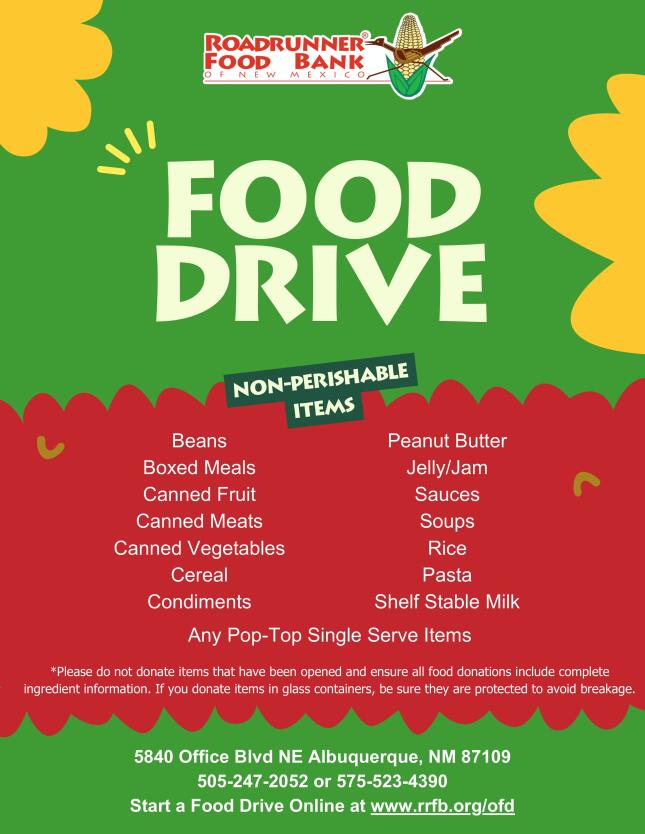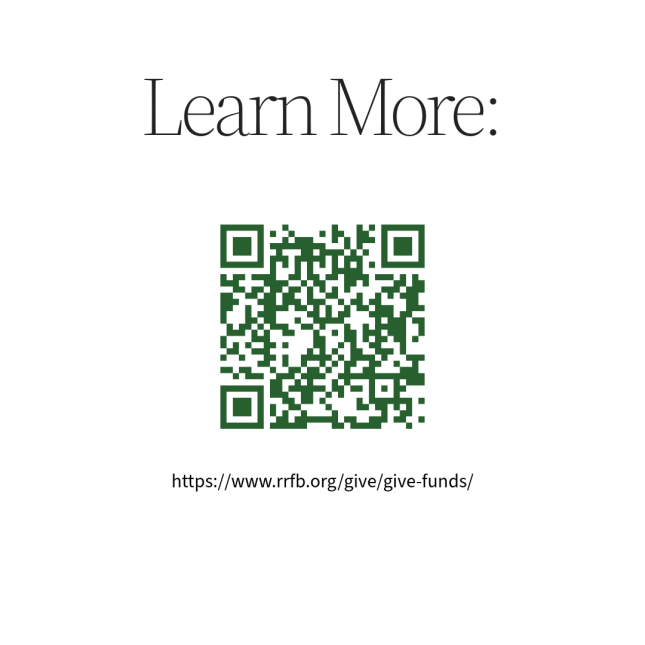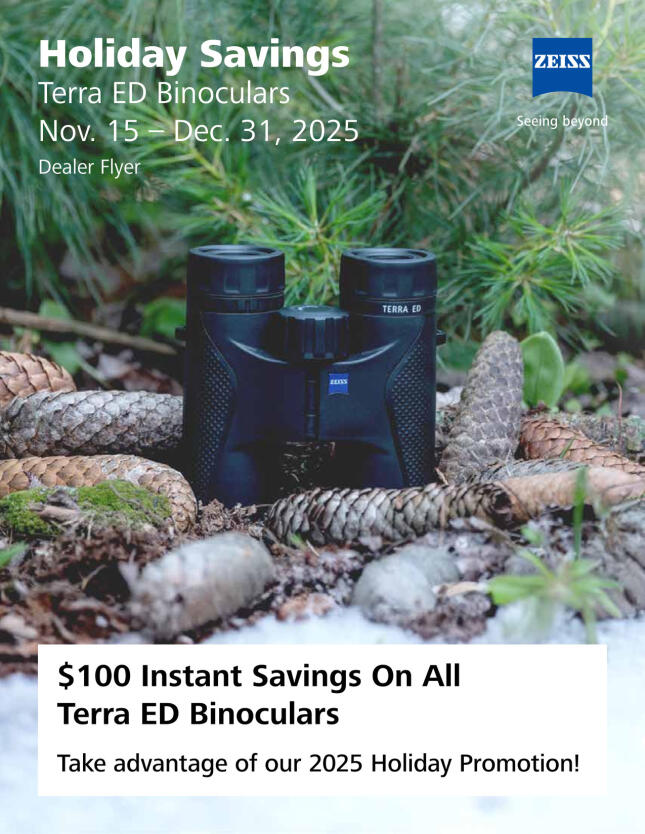
JOIN US FOR A HOLIDAY PARTY, SATURDAY DECEMBER 13!
Swing by the store anytime on Saturday, Dec 13 for tasty treats, festive refreshments, and jolly in-store discounts! It’s the perfect excuse to escape the holiday hustle, chat birds with fellow ABQ nature lovers, and snag a few fun gifts for your backyard flock. We can’t wait to celebrate with you!

Our Holiday Food Drive Starts Now through Dec 31!
As we head into the season of giving, we’re keeping our New Mexico neighbors in mind. We’re collecting non-perishable, shelf-stable foods for Roadrunner Food Bank, and every donation makes a difference. You can drop off items at the store now through Dec 31. Thank you for helping brighten the season for families in our community.
Prefer to give a monetary donation instead of food? Just scan the QR code to contribute directly and make an immediate impact.

ZEISS BINOCULARS MAKE THE BEST HOLIDAY GIFT!

WE ARE A ZEISS DEALER!
ZEISS binoculars are known for their exceptional clarity, brightness, and color fidelity, giving you crisp, true-to-life views of every feather detail. Built for the field, they’re rugged and perfect for everything from backyard birding to big adventure days. Whether you’re spotting birds in your yard or heading out for a field adventure, ZEISS delivers an experience like no other. Come see why bird lovers worldwide trust ZEISS for their birding missions.


